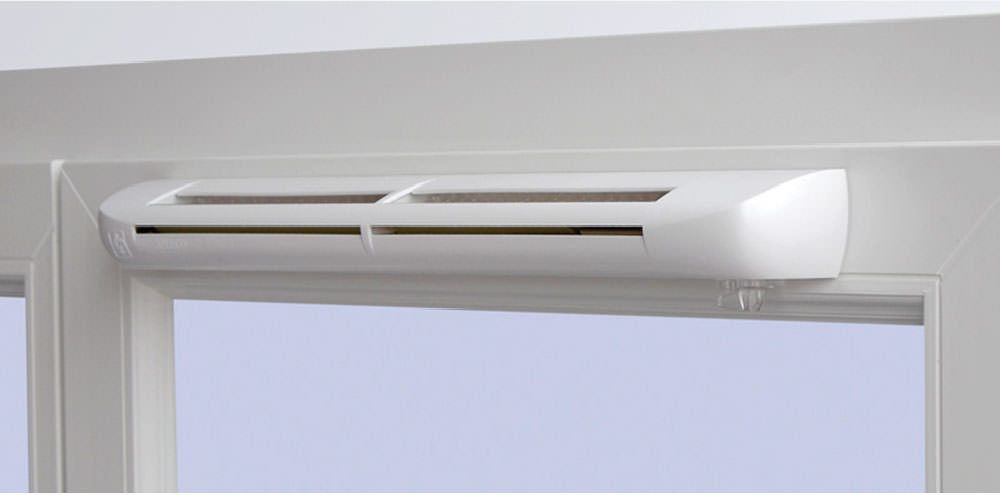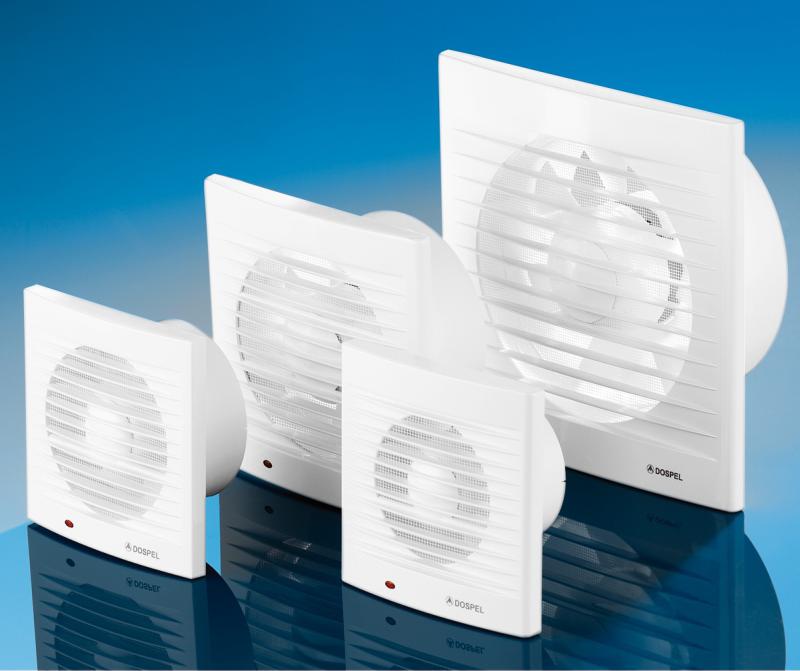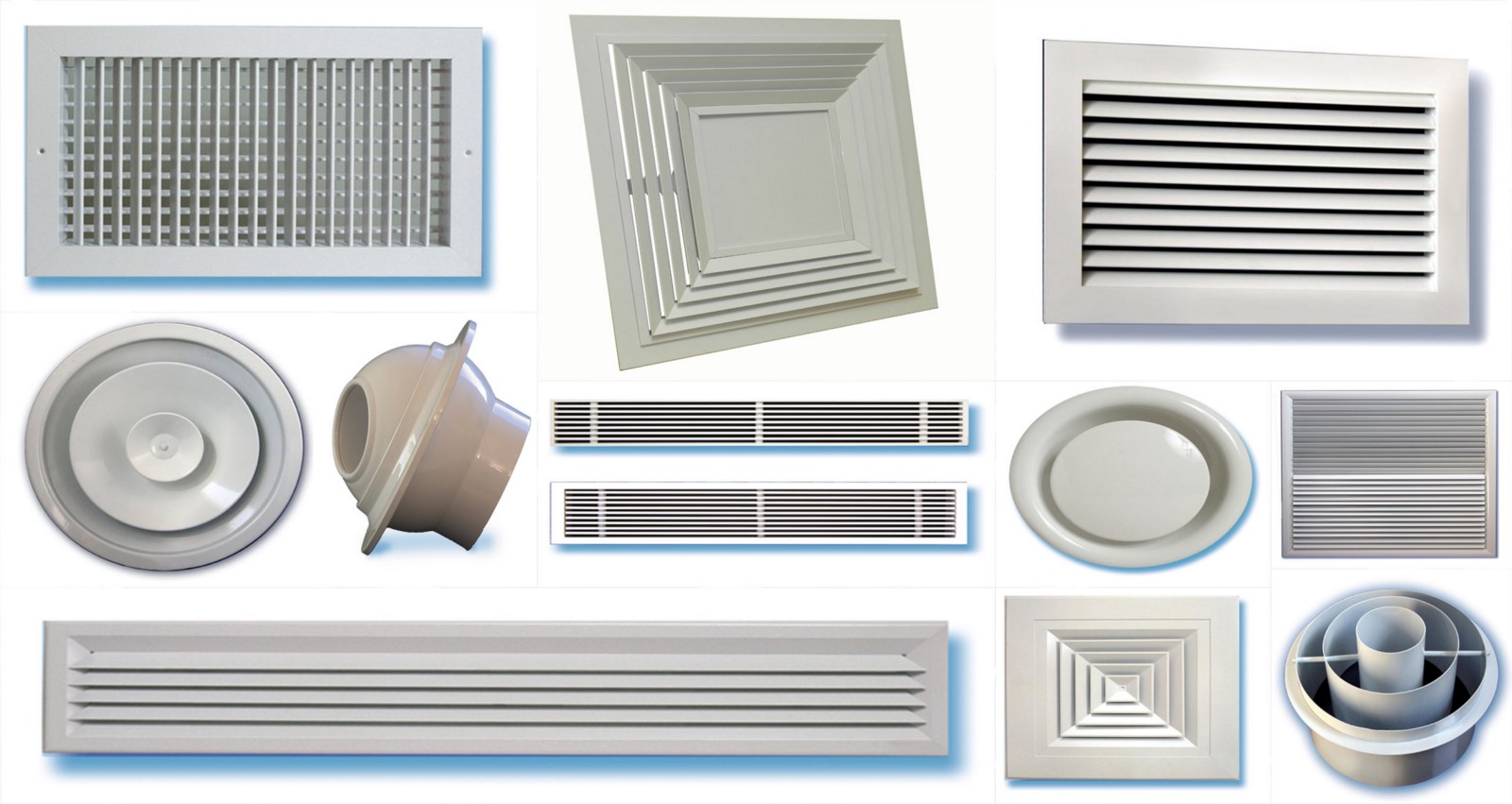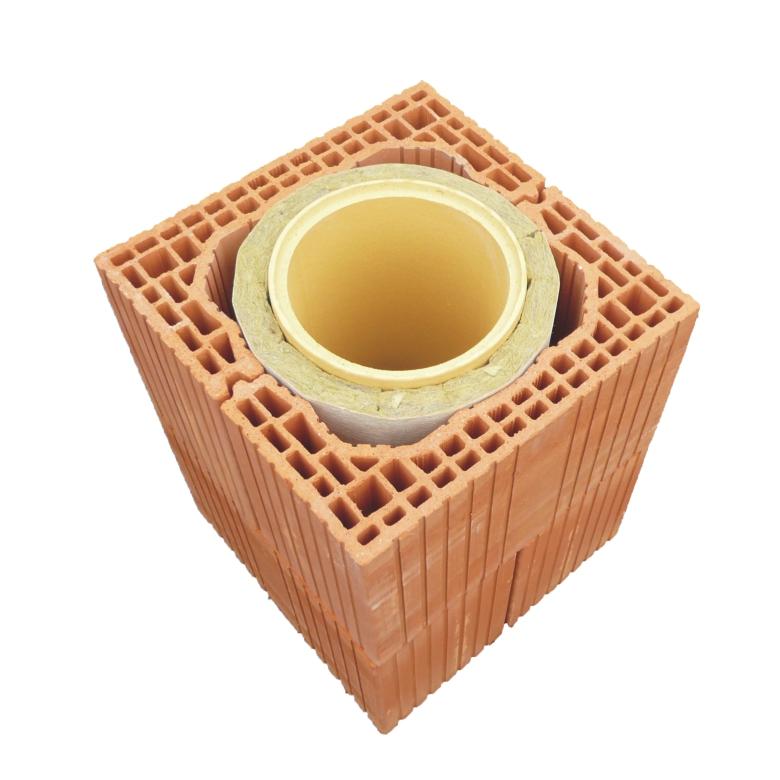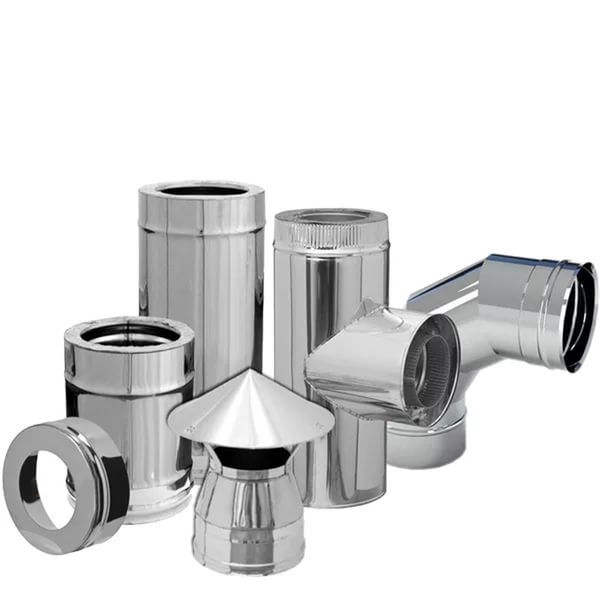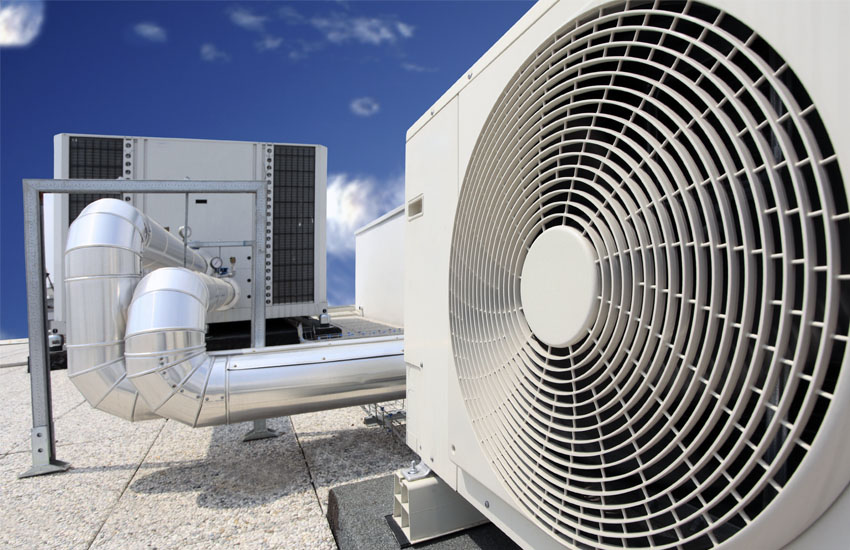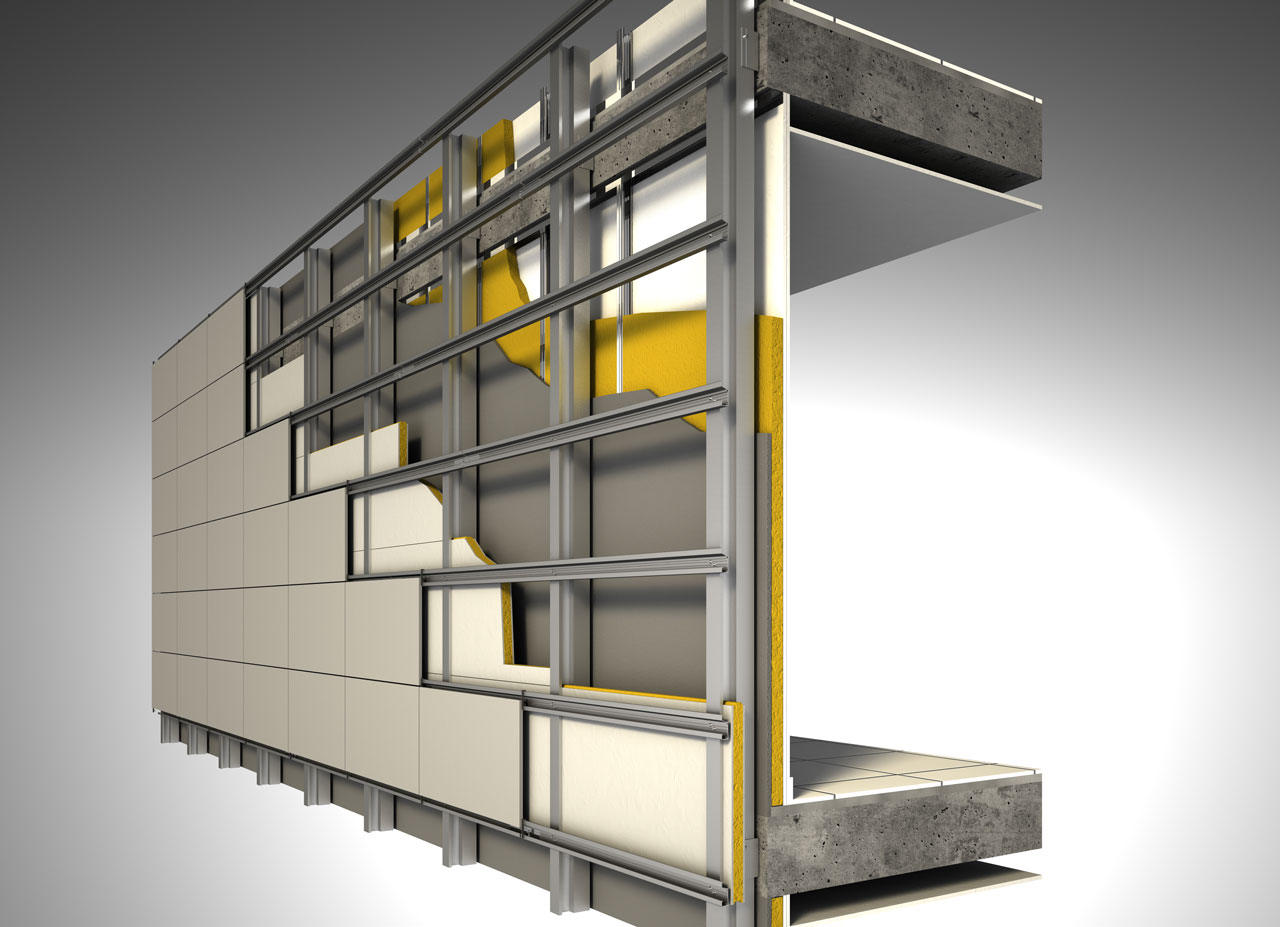Buildings cannot be imagined without a system that forcibly provides ventilation to the premises. In the process of ventilation, the contaminated air flow is released and its full or partial replacement with a clean one. The automation of ventilation makes it possible to organize the control of the process control, which, in turn, helps to secure the structure and ensure energy efficiency. Ventilation automatics differ, therefore in this article we will tell you what their purpose is and what is their feature, as well as what characteristics.
The purpose of the system is automatic
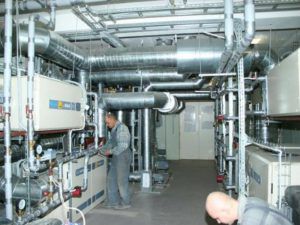
To date, the ventilation complex has been completely modernized and is a complex instrumental system with a power plant, air heaters and channels that provide the microclimate of the room. In order for all units and assemblies to work harmoniously, modern engineers supply the system with equipment with sensors and mechanisms. It is due to them that the ventilation in the assembly can be controlled.
Ventilation system tasks:
- Control and monitoring of system parameters: signal of breakdown, unsafe modes and other unforeseen operating moments. Modern controllers are connected to the operator in real time. This allows the operator to monitor the operation of all system indicators and establish their correspondence with the desired mode.
- Individual analysis of the development of any mechanism and process in general according to the specified parameters through monitoring. The automatic control unit receives the data received by the sensors and conducts a study with computing power. If necessary, makes an adjustment to the overall performance through a signal from the acting mechanics or through the start-up system.
- Protection of the valve part and water circuits of the heating element from freezing. The system thermostat monitors the temperatures of the heaters, preventing them from dropping beyond the critical point.
- Workflow management by mode switching. This is necessary for the rational use of the automatic system due to changes in the load on the premises, weekly daylight hours, time of day or climatic conditions. The programs for automatic control of the ventilation system, relying on monitoring information, have the ability to use power plants as an addition, terminate activities or change the speed of fan blades, start and stop air dryers, and so on.
- Locking the mechanism in the event of a short circuit or any emergency related to the electronics, in order to exclude a possible fire.
Automation in the ventilation system has a key role and performs a number of necessary tasks; without it, it is impossible to perform all the listed options by the operating personnel.
The main units of auto ventilation
The project of an automatic ventilation system requires a rather laborious and complex work of engineers, such a process requires not only theoretical knowledge, but also a lot of experience.
Required knowledge:
- a similar system structure;
- main parts and main units;
- logical performance and the totality of all parts and devices.
In order to apply the most optimal set of instruments for the system and control over it, it is imperative to take into account the range of excellent productions, as well as to have operational experience of such equipment.It will also be useful to study user reviews in order to understand the value for money of the model today. This will allow you to purchase a high-quality system on favorable terms.
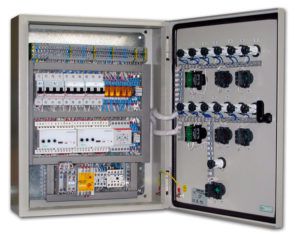
The latest ventilation systems are equipped with any type of equipment - digital and analog, it includes three basic groups:
- Touchscreen dashboards and gauges. The group contains various means for information collection about the current state of the complex, starting from the type of temperature, pressure, moisture content in the air, current strength, etc. The collected information is transformed into an electrical signal and fed to the controller input.
- Controllers with regulators are part of a group that collects and conducts analytics of sensor data. Then, based on the analysis, it issues an order to the switch or the executive mechanics, while changing the operating mode in whole or in part. The assembly of regulators is possible both analog (based on analog logic circuits) and digital (based on digital technology with software).
- Executive mechanization includes a variety of drives, regulating bodies and other mechanisms through which controllers transmit commands to change parameters. The following act as executive mechanics: auto valves of the supply system, a follower drive (servo drive), a current cut-off switch, a frequency regulator of the rotor speed in an electric motor, etc.
A design of any complexity is necessarily equipped with the above-mentioned auto-ventilation units, but additional ones can be installed to them - it all depends on the scale of the system.
The advantages of such a system
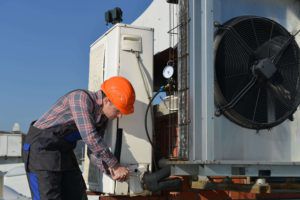
Thanks to innovations in the field of electronics, engineers have become subject to the creation of complex logic tasks. And also the solution of multi-stage tasks of a complex nature, by means of technology and electronics, without involving a person. All new generation systems are assembled with an automatic system, because today it is no longer possible to do without it. No operator can cope with tracking all parameters and nuances of work. And, of course, he cannot make decisions on their immediate elimination, at a time when the automatic complex does it clearly and in a timely manner, excluding any human factor.
Checking the ventilation:
- functionality of the automated system;
- regulation and control of the frequency of rotation of the fan blades;
- water intake temperature control and air heater frost resistance;
- monitoring air volumes in a ventilated building in order to control the system to create a microclimate;
- identification of filter set contamination, for notification of replacement;
- transferring the whole mechanism or its part to the "sleep" option and activating the nodes from this mode on time, following the program;
- providing protection against overloads of the power supply network and short-circuiting of wires;
- analysis of the system state and operating modes, with information output on the display;
- possibility of manual control for setting up equipment.
The whole process, from the project to the completion of the installation, is a very complex procedure, therefore, you should contact only specialists with high qualifications in this field.

